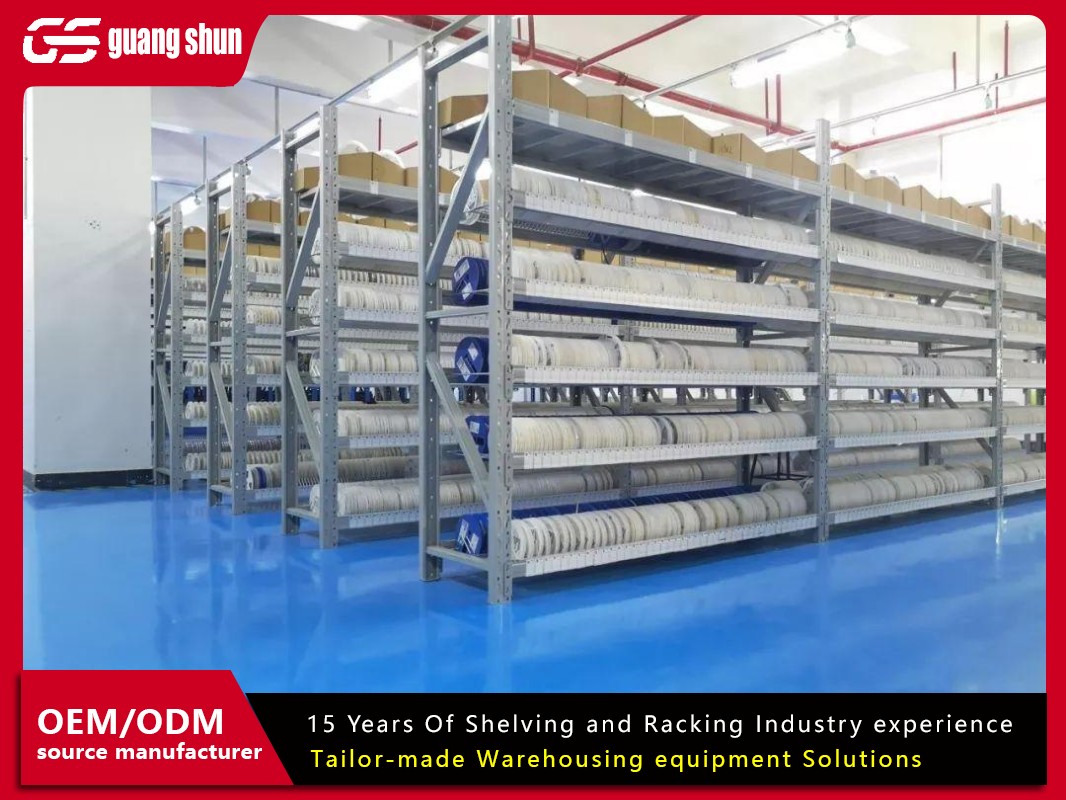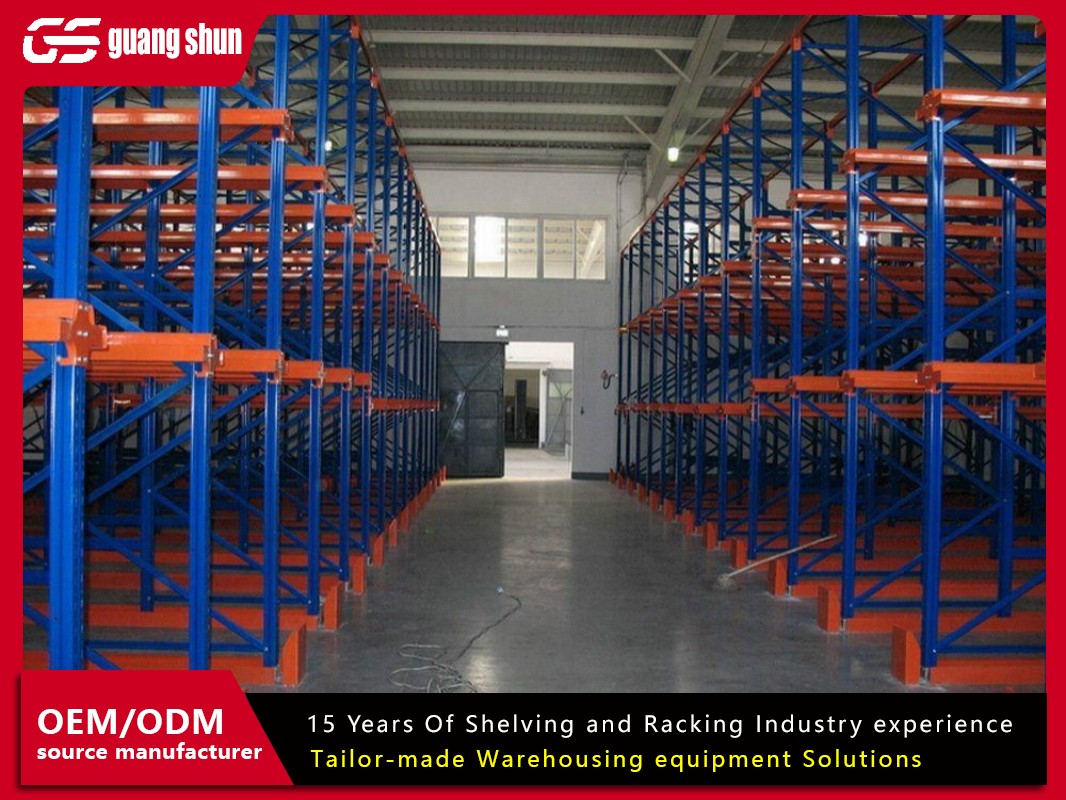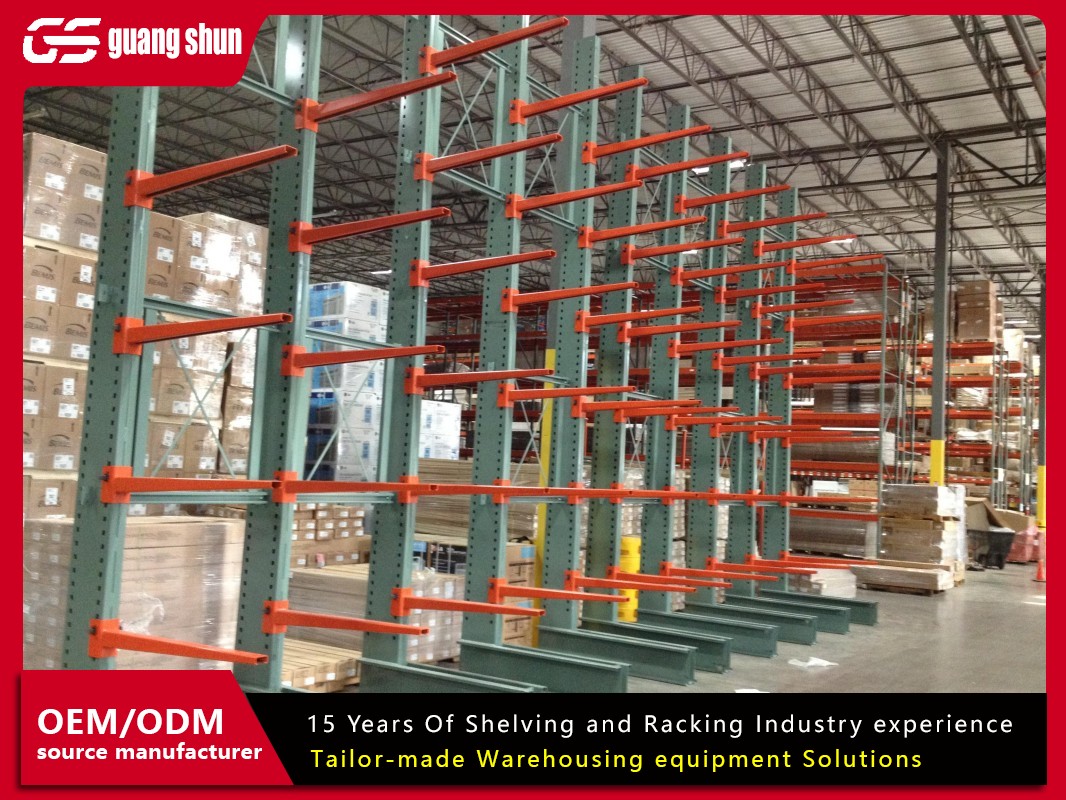A sudden creak, a visible bend, a fallen box from an upper level—these are the small signs that can precede a catastrophic failure in a warehouse. The integrity of your storage systems is the silent guardian of your inventory, your infrastructure, and, most importantly, your personnel. Adhering to robust warehouse shelving safety standards is not merely a regulatory checkbox; it's the fundamental practice that separates a thriving, efficient operation from a hazardous one. This framework of protocols ensures that the very backbone of your storage—the shelving—remains a reliable asset rather than a looming liability. Let's break down the critical components that form the foundation of these essential safety practices.
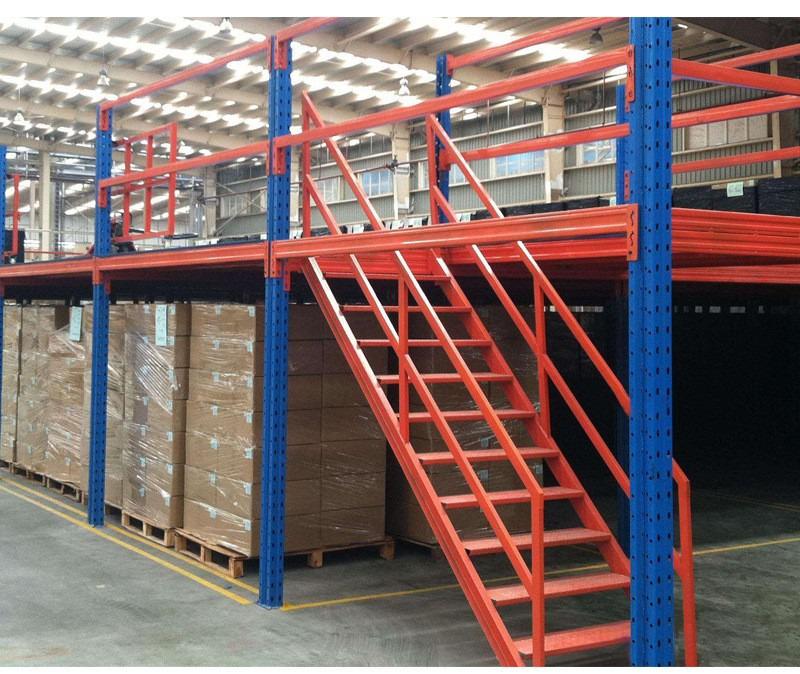
The Foundation of Safety: Design and Load Capacity
Before a single box is placed on a shelf, safety begins with understanding and respecting the design and load capacity of your system. This is the most critical aspect of warehouse shelving safety standards.
Every shelving unit, whether bolt-free, pallet racking, or cantilever, is engineered with specific load capacities. These are not suggestions but absolute limits. The Uniform Commercial Code (UCC) and standards from bodies like the Rack Manufacturers Institute (RMI) provide guidelines that manufacturers follow. Key considerations include:
Uniformly Distributed Load (UDL): This is the maximum weight that can be safely stored across the entire beam level if the load is spread evenly.
Point Load: This specifies the maximum weight that can be applied to a specific, concentrated point on the beam.
Overall Unit Capacity: The total safe weight the entire assembled structure can hold.
Ignoring these ratings is a primary cause of failure. Overloading a shelf doesn't just risk collapsing that single level; it can compromise the structural integrity of the entire bay, leading to a domino effect. Clear and visible load placards should be affixed to every bay, and this information must be communicated to every employee involved in stocking and material handling.
Proper Installation and Assembly: Building a Solid Base
A shelving unit with a perfect load rating is only as safe as its installation. Proper assembly is a non-negotiable element of warehouse shelving safety standards. This process should never be rushed or undertaken by unqualified personnel.
Professional Installation: Whenever possible, new systems should be installed by certified professionals who understand the torque specifications for bolts, the correct use of shims on uneven floors, and the critical importance of plumb and level alignment.
Anchoring to the Floor: Most freestanding shelving units must be securely anchored to the concrete floor to prevent tipping, especially when loaded. The choice of anchor (e.g., wedge anchors, epoxy anchors) must be suitable for the floor type and the anticipated load forces.
Following Manufacturer's Instructions: The manufacturer's installation manual is the definitive guide. It provides specific diagrams, sequence of assembly, and torque values that must be strictly adhered to. Deviating from these instructions voids warranties and creates immense risk.
The Principles of Safe Loading and Unloading
Even a perfectly installed and rated racking system can become unsafe if loaded incorrectly. Daily operational practices are where warehouse shelving safety standards are put to the test constantly.
Even Weight Distribution: Always distribute weight as evenly as possible across the beam. Placing all heavy items on one side creates a dangerous torsion force that can twist the frame.
Avoiding Overhang: Pallets or products should not overhang the beams. The standard rule is that the load should be supported by at least two beams and should not extend beyond them. Overhang can lead to falling items and uneven load stress.
Heaviest Loads at the Bottom: This is a cardinal rule. The lowest shelves should always carry the heaviest items. This lowers the system's center of gravity, making it more stable and reducing the risk of the unit becoming top-heavy and tipping over.
Use of Decking: For smaller items, wire mesh or solid decking should be used to prevent products from falling through the beams and to provide a stable, level surface for storage.
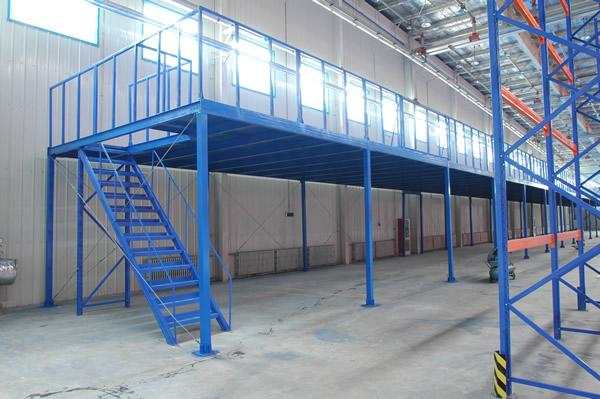
Routine Inspection and Maintenance Protocols
Warehouse shelving safety standards are proactive, not reactive. A formal, documented inspection program is essential for identifying and addressing issues before they lead to an incident. These inspections fall into two main categories:
Frequent Visual Inspections: Conducted daily or weekly by trained warehouse staff. Employees should be empowered to report any visible damage, such as dents, cracks, rust, or bent components. They should also look for leaning frames, loose or missing bolts, and damaged connectors.
Periodic Formal Inspections: Conducted quarterly or annually by a qualified inspector or a specially trained internal team. These inspections are thorough and involve using a checklist that aligns with RMI or similar standards. They often include measuring the plumb of uprights and checking beam connector locks for deformation.
Any damage found must be immediately reported, and the affected area must be cordoned off until repairs are made by a qualified professional.
Creating a Culture of Safety: Training and Clear Communication
Technology and protocols are futile without the people to uphold them. The final, and perhaps most important, pillar of warehouse shelving safety standards is fostering a culture where safety is everyone's responsibility.
Comprehensive Employee Training: All employees, especially forklift operators, must be trained on the specific warehouse shelving safety standards in your facility. This includes understanding load placards, safe loading practices, and how to perform visual inspections.
Forklift Operation and Protection: A significant majority of shelving damage is caused by forklift impact. Operators must be highly trained and vigilant. Installing robust column guards, rack protectors, and post protectors is a critical investment to absorb impact energy and prevent damage to the uprights—the most critical structural component.
Clear Aisles and Signage: Keep aisles clear of obstructions to provide ample maneuvering room for equipment. Use clear signage to indicate height restrictions, weight limits, and pedestrian pathways.
By integrating these five core aspects—Design, Installation, Loading, Inspection, and Culture—you build a comprehensive defense against the inherent risks of high-density storage. Adherence to warehouse shelving safety standards is a continuous commitment that protects your most valuable assets and ensures the smooth, uninterrupted flow of your operations.
Frequently Asked Questions (FAQ)
Q1: How often should we formally inspect our warehouse shelving?
A1: While daily visual checks by staff are crucial, a formal documented inspection should be conducted at least annually. However, in high-traffic environments or those with high product turnover, it is recommended to have these formal inspections quarterly or semi-annually. Furthermore, an inspection should always be performed after any significant impact event, even if no immediate damage is visible.
Q2: What is the single most common cause of warehouse shelving failure?
A2: The most common cause is forklift impact, which damages the upright frames. Even a minor impact can compromise the structural integrity of a column, significantly reducing its load-bearing capacity. The second most common cause is overloading the beams beyond their specified capacity.
Q3: Is it safe to repair a bent or damaged upright frame ourselves?
A3: No, it is strongly discouraged. Structural repairs, especially to upright frames, must be performed by a qualified professional or the original equipment manufacturer. Attempting an unqualified repair can create a false sense of security and may not restore the structural integrity of the system, leading to a higher risk of collapse.
Q4: Can we mix beams and frames from different manufacturers?
A4: This is highly unsafe and violates core warehouse shelving safety standards. Shelving systems are engineered as complete units. Components from different manufacturers are not designed to be interchangeable and may have different tolerances, connection mechanisms, and load capacities. Mixing and matching can lead to catastrophic system failure.
Q5: What should we do if we notice a shelf is overloaded?
A5: Immediate action is required. The area around the overloaded bay should be immediately cordoned off to prevent access. The weight on the overloaded beams must be carefully and safely reduced by removing items until the load is within the rated capacity. The structure should then be thoroughly inspected for any signs of damage, such as beam deflection or connection issues, before being returned to service.



